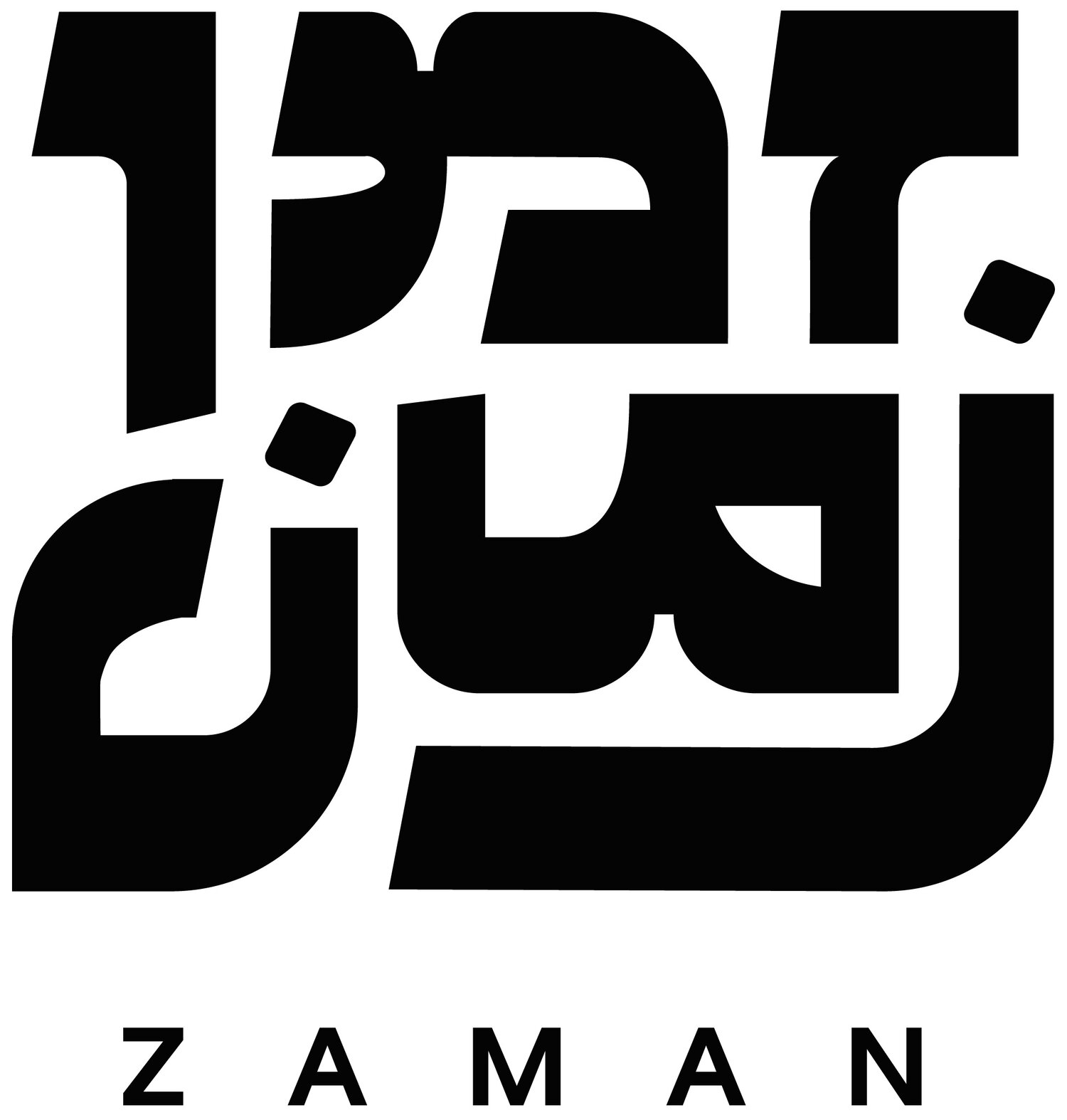The Anthropologist’s Dilemma: Examining the Complexity of Middle-Eastern Ethnic Identities
In a volatile time of political and religious conflict, the Middle East has been branded as one of the most complicated and divided geographical regions on Earth. However, alongside the tense West Asian and North African sociopolitical issues up for debate today, there lies a broader issue at hand: the entire ethnic identity of the region’s population.
In the United States Census, there is no specific category to define Middle-Easterners. Peoples belonging to a wide array of nationalities, cultures, and sub-ethnic identities all check the same box, labeled as “White (including people of Middle Eastern origin).” Even in the upcoming 2020 census, which is undergoing reforms that will better represent the racial and ethnic makeup of the United States, no box for people of West Asian and North African origin will be included.
The census’ repeated failure to recognize the unique racial makeup of Middle-Eastern peoples sheds light on many truths and misconceptions regarding the issue of ethnic identity in the Middle East.
For one, West Asians do bear a closer genetic proximity to European groups when compared to other populations across the world, perhaps giving rise to their inclusion in the broader “Caucasian” This generalization does not suffice as an accurate description of the nuanced ethnic backgrounds of those who inhabit every Middle Eastern and North African country.
For the most part, populations in the Middle East and North Africa are grouped into two main ethnic or racial categories, which themselves are still contested. The West Asian label includes most people with ancestry hailing from modern-day Turkey, Iran, Iraq, Syria, Azerbaijan, Armenia, Georgia, Turkmenistan, and Uzbekistan. The North African and Arabian label includes most people with ancestry from the Gulf Arab states (Saudi Arabia, UAE, Qatar, Bahrain, Yemen, Oman, Kuwait), the Levant (Israel and Lebanon), Egypt, Algeria, Morocco, Libya, and Tunisia. These two categories are most commonly used by genetic testing services when identifying ethnic backgrounds, but could be seen as very erroneous in and of themselves.
For example, the West Asian category’s inclusion of Uzbekistan and Turkmenistan may seem sensible in that their populations had mixed with other West Asian groups in the era of the Silk Road; however, this neglects the fact that most people from these two countries are of Turkic origin. Georgia is also inaccurately placed in this category because most Georgians and other people from the Caucasus mountains are a genetically isolated group that arguably function as an independent genetic category. Syria, Iraq, and the Levant should not necessarily be grouped with Iran because their inhabitants are mostly Semitic peoples that do not bear relation to the ethnically Iranian and Turkic people within Iran. Altogether, although this method of separating Middle-Eastern ethic identities into two larger groups definitely has its faults, it does offer a more interpretation of the region’s genetic makeup than “Caucasian”.
Rather, the most accurate way to categorize the ethnic groups of West Asia based on genetic clustering, as suggested by many current anthropologists, would be to distinguish between Iranian peoples, Turkic peoples, Caucasian peoples, Levantine peoples, Armenian peoples, and Arabian and North African peoples. Ethnically Iranian people would mostly inhabit Iran and the Kurdish regions of Eastern Turkey, Northeast Syria, and Northern Iraq. Turkic peoples would inhabit most of Turkey (excluding its Kurdish and Armenian population centers in the east), and Azerbaijan. Caucasian peoples would inhabit Georgia (excluding the region of Ossetia, which largely contains a population of Iranian descent). Levantine peoples would inhabit Lebanon, Israel / Palestine, and parts of Syria. Armenian peoples would inhabit modern Armenia, the Nagorno-Karabakh region of southwest Azerbaijan (also referred to as the Republic of Artsakh), and parts of Eastern Turkey and Lebanon.
Even within this system, however, there are some major flaws due to the sheer complexity of this matter in genetic terms. For instance, Turkic peoples in Turkey only have 15 to 20 percent in common genetically with Turkic peoples in Central Asia, as the migration of Ottomans to Anatolia in the 13th century CE did not have much of a profound effect on the ethnic makeup of modern day Turkish people, and the same applies to modern Azerbaijani people. Overall, the genetic disparities that lay between and within West Asian and North African populations generally make the task of categorizing ethnicities in the Middle East very difficult and controversial.
An even more problematic issue concerning the ethnic identity of Middle Eastern peoples is where the Jewish people fit into the equation. Mizrahi Jews, or Jews of West Asian and North African origin, are - like all other Jewish populations - more closely related to Jews of other diasporic origins than to the non-Jewish populations that surround them. Jews who have ancestry from Iran and Iraq tend to genetically cluster with Druze populations in the Levant, while Yemenite Jews mostly cluster with Bedouins. North African Jews generally form their own distinctive cluster while still maintaining a genetic proximity to ethnically Jewish people than their neighboring non-Jewish North Africans. Therefore, we can deduce that Mizrahi Jews, while genetically close enough to maintain their own position in the broader category of ethnic Judaism, definitely still fit within the broader scope of West Asian and North African identities.
Genetic clustering map of Jewish populations and other ethnic groups (source)
Given the complexities and controversies that come with ethnically categorizing Middle-Eastern populations, one begs the question: What is the purpose of defining such ethnicities in the first place? Why should we pursue such a task if it only creates more problems in a region already teeming with esoteric conflicts?
An accurate and well-researched approach to characterizing the ethnic makeup of the Middle-East can provide valuable insight as to the region’s history of sociopolitical and religious interactions, partnerships, and conflicts. I will dive more deeply into the political implications of ethnically categorizing the Middle East in a second article that will follow this one in the coming weeks.


